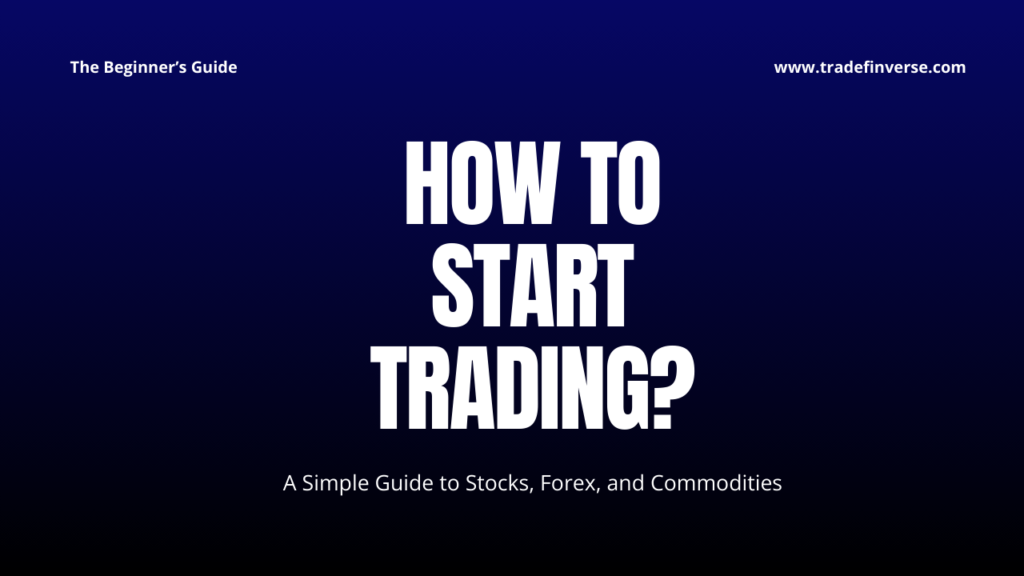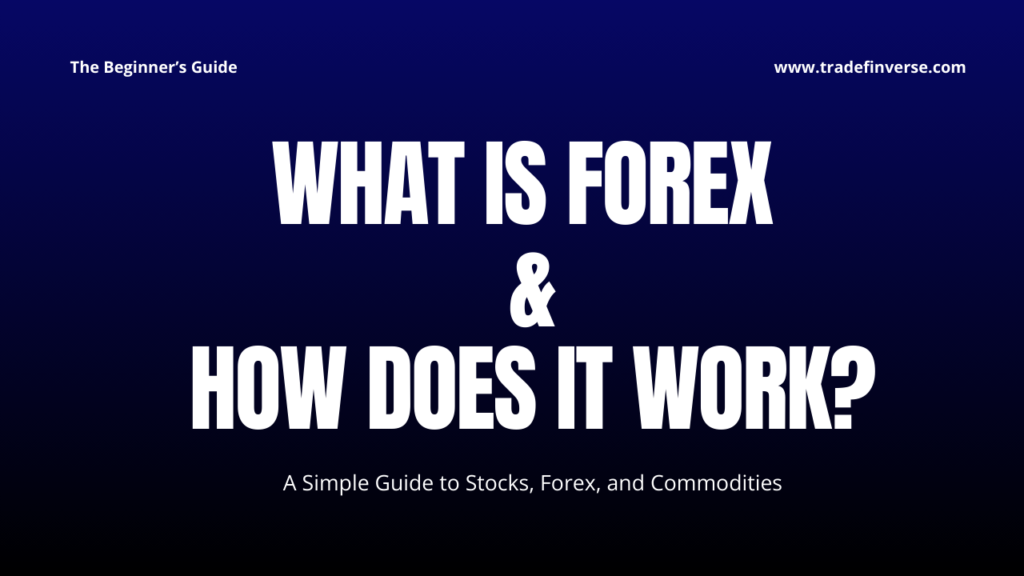Best Forex Trading Hours by Session
Forex trading is a 24-hour market, but not all hours are equally profitable. Understanding the best Forex trading hours by session can significantly impact your trading success. This comprehensive guide covers everything you need to know about Forex market sessions, their overlaps, optimal trading times, strategies for each session, and detailed pros and cons to help you make informed trading decisions.
Understanding Forex Market Sessions
The Forex market operates 24 hours a day, five days a week, across four major trading sessions:
- Sydney Session (Asian Session)
- Tokyo Session (Asian Session)
- London Session (European Session)
- New York Session (North American Session)
Each session has unique characteristics in terms of liquidity, volatility, and currency pair movements. The market transitions seamlessly from one session to another, creating opportunities for traders worldwide.
Why Trading Sessions Matter
- Liquidity varies – Higher liquidity means tighter spreads and better execution.
- Volatility changes – Some sessions are better for scalping, others for swing trading.
- Economic news impact – Major sessions align with key financial hubs (London, New York, Tokyo).
Trading Session Logic
- Higher Liquidity ⇒ Smaller spreads and faster trades
- Volatility ∝ Trading style (more volatility is better for scalping)
- Less Volatility ⇒ Better for swing trading (longer-term positions)
- Major News ⇒ Bigger price moves during major sessions (London, NY)
Sydney Session (Asian Session) – 10 PM to 7 AM GMT
Key Features:
- First major session – to open after the weekend.
- Lowest volatility – among all sessions.
- Major currencies traded – AUD, NZD, JPY
- Often consolidates after the New York close.
Best Currency Pairs to Trade:
- AUD/USD (Highly sensitive to Australian economic data)
- NZD/USD (Influenced by commodity prices)
- USD/JPY (Moderate activity during Tokyo overlap)
Pros of Trading the Sydney Session
| Aspect | Description |
|---|---|
| Stable Price Action | Ideal for range traders due to low volatility. |
| Good for Beginners | Less erratic movements help new traders practice. |
| Early Market Moves | Sets the tone for the Tokyo session. |
| Lower Risk of Slippage | Fewer extreme price spikes. |
| Focus on AUD & NZD Pairs | Good for traders specializing in these currencies. |
| Less Competition | Fewer institutional traders compared to London/NY. |
Cons of Trading the Sydney Session
| Aspect | Description |
|---|---|
| Low Liquidity | Can lead to wider spreads and higher trading costs. |
| Limited Volatility | Not ideal for scalpers or high-momentum traders. |
| Slow Market Conditions | Fewer trading opportunities compared to other sessions. |
| Less Impactful News Releases | Economic data from Australia/NZ has limited global influence. |
| Overlap with Late U.S. Session | Sometimes carries over New York session trends. |
| Inconvenient for European Traders | Late night/early morning in Europe. |
Tokyo Session (Asian Session) – 12 AM to 9 AM GMT
Key Features
- Increased volatility compared to Sydney.
- JPY pairs (USD/JPY, EUR/JPY) are most active.
- Often sets the tone for the London session.
Best Currency Pairs to Trade:
- USD/JPY (Most liquid JPY pair)
- EUR/JPY (Popular for carry trades)
- GBP/JPY (High volatility but risky)
Pros of Trading the Tokyo Session
| Aspect | Description |
|---|---|
| Higher Volatility Than Sydney | Better for breakout traders. |
| Strong JPY Movements | Good for carry traders and yen-based strategies. |
| Asian Market Influence | Reacts to Japanese economic data (BoJ decisions, GDP). |
| Early European Session Preparation | Can predict London session trends. |
| Good for Swing Traders | Establishes intraday trends. |
| Less Affected by U.S. News | More stable before New York opens. |
Cons of Trading the Tokyo Session
| Aspect | Description |
|---|---|
| Still Lower Liquidity Than London/NY | Not ideal for high-frequency trading. |
| Spikes During News Events | Sudden JPY movements can be unpredictable. |
| Limited EUR & GBP Activity | Less favorable for Euro or Pound traders. |
| Early Hours for Western Traders | Inconvenient for U.S./European traders. |
| Risk of False Breakouts | Thin markets can lead to fakeouts. |
| Bank of Japan Interventions | Can cause unexpected JPY surges. |
London Session (European Session) – 8 AM to 5 PM GMT
Key Features
- Most liquid session (30% of all Forex transactions).
- High volatility due to major financial centers opening.
- GBP, EUR, and CHF pairs are most active.
Best Currency Pairs to Trade:
- EUR/USD (Most traded pair globally)
- GBP/USD (Highly volatile during London hours)
- EUR/GBP (Good for cross-pair strategies)
Pros of Trading the London Session
| Aspect | Description |
|---|---|
| Highest Liquidity | Tight spreads, ideal for scalping. |
| Strong Trends | Best for day traders and momentum strategies. |
| Major Economic Data Releases | ECB, BoE announcements create opportunities. |
| Overlap with New York Session (1 PM – 5 PM GMT) | Most volatile period. |
| Best for Professional Traders | Institutional activity drives price action. |
| Wide Range of Strategies Work | Scalping, breakout trading, news trading. |
Cons of Trading the London Session
| Aspect | Description |
|---|---|
| High Volatility Can Be Risky | Fast moves may trigger stop losses. |
| News-Driven Spikes | Unexpected announcements cause slippage. |
| Requires Fast Execution | Not ideal for slow decision-makers. |
| Early Start for Some Traders | Challenging for Asian/Australian traders. |
| Competitive Environment | Many professional traders dominate this session. |
| False Breakouts Before U.S. Open | Sometimes reverses after New York enters. |
New York Session (North American Session) – 1 PM to 10 PM GMT
Key Features
- Second most liquid session after London.
- High volatility due to U.S. economic data (NFP, CPI, Fed decisions).
- USD pairs (EUR/USD, USD/CAD) are most active.
Best Currency Pairs to Trade
- EUR/USD (Liquidity peaks during NY-London overlap)
- USD/JPY (React strongly to U.S. Treasury yields)
- USD/CAD (Tied to oil prices and BoC policy)
Pros of Trading the New York Session
| Aspect | Description |
|---|---|
| Strong Momentum | Ideal for trend followers. |
| Major U.S. News Events | High-profit potential around data releases. |
| Overlap with London (1 PM – 5 PM GMT) | Best trading window. |
| Good for Swing Trading | Sets up end-of-day trends. |
| Accessible for North & South American Traders | Convenient timing. |
| Follow-Through from London Moves | Continuation patterns often play out. |
Cons of Trading the New York Session
| Aspect | Description |
|---|---|
| News-Driven Chaos | Sudden reversals can occur. |
| Late for Asian Traders | Hard to monitor for those in Tokyo/Sydney. |
| End-of-Day Profit Booking | Institutional traders may close positions abruptly. |
| Requires Discipline | Overtrading is common due to high activity. |
| Potential for Fakeouts | False breakouts before London close. |
| Thinner Liquidity Post-5 PM GMT | Reduced activity after London closes. |
Best Forex Trading Hours – Session Overlaps
The most profitable trading opportunities often occur when two major trading sessions overlap, creating higher liquidity and volatility. Here are the key overlaps and how to trade them:
Forex Trading Session Overlaps
A. London & New York Overlap (1 PM – 5 PM GMT)
Peak trading hours with ~70% of daily Forex volume.
Extreme volatility – perfect for scalping and breakout traders.
Best pairs: EUR/USD, GBP/USD, USD/JPY
Why This Overlap Works:
- ✅ Institutional traders from both regions are active
- ✅ Major U.S. news like CPI and Fed decisions are released
- ✅ Tight spreads due to high liquidity
Risks:
- ❌ Fast moves can trigger stop losses
- ❌ High-impact news may cause sudden spikes
B. Sydney & Tokyo Overlap (12 AM – 2 AM GMT)
Moderate volatility – good for early trend setups and Asian pairs.
Best pairs: AUD/JPY, NZD/JPY, USD/JPY
Why This Overlap Works:
- ✅ Increased liquidity vs. Sydney session alone
- ✅ Establishes direction for Asian markets
Risks:
- ❌ Liquidity still lower than London/NY overlap
- ❌ Can be slow during holidays or low news days
Worst Times to Trade Forex
A. Friday After New York Close (10 PM GMT) – Sunday Open
- Extremely low liquidity.
- Brokers widen spreads significantly.
- Gaps often occur when markets reopen.
B. Major Holidays (Christmas, New Year’s Day, U.S. Independence Day)
- Banks and institutions are closed.
- Minimal price movement.
- Risk of unexpected flash crashes.
C. Between Sessions (5 PM – 8 AM GMT)
- Thin liquidity between London close and Tokyo open.
- Erratic price spikes due to algorithmic trading.
Best Forex Trading Hours for Different Strategies
| Strategy | Best Session | Why? |
|---|---|---|
| Scalping | London & New York Overlap | High liquidity & tight spreads |
| Day Trading | London Session | Strong trends & volatility |
| Swing Trading | New York Session Close | Captures end-of-day momentum |
| News Trading | London & New York Open | Reacts to economic data releases |
| Carry Trading | Tokyo Session | Benefits from JPY interest rates |
Time Zone Adjustments for Traders Worldwide
Since Forex operates in GMT, adjust your local time accordingly:
| Region | Time Zone | London Session (GMT) | New York Session (GMT) |
|---|---|---|---|
| New York (EST) | GMT -5 | 3 AM – 12 PM | 8 AM – 5 PM |
| London (GMT) | GMT +0 | 8 AM – 5 PM | 1 PM – 10 PM |
| Tokyo (JST) | GMT +9 | 5 PM – 2 AM (Next Day) | 10 PM – 7 AM (Next Day) |
| Sydney (AEST) | GMT +10 | 6 PM – 3 AM (Next Day) | 11 PM – 8 AM (Next Day) |
Pro Tip: Use a Forex market hours indicator on MT4/MT5 to track active sessions in your local time.
Final Tips for Trading Forex Sessions
- Focus on High-Liquidity Periods – Trade during London/NY overlap for best execution.
- Avoid Low-Volatility Hours – Sydney late hours are choppy and slow.
- Use an Economic Calendar – Know when major news events are scheduled.
- Adjust Lot Sizes – Higher volatility = smaller positions to manage risk.
- Stick to Your Strategy – Don’t force trades in unfavorable conditions.
Watch for Session Transitions – Price often reverses when sessions change.
Key Takeaways:
✔ London & New York overlap (1 PM – 5 PM GMT) is the most profitable.
✔ Sydney & Tokyo sessions are slower but good for JPY/AUD traders.
✔ Avoid trading during holidays and weekends.
✔ Use session-based strategies for better consistency.
Conclusion
Mastering Forex trading hours by session is crucial for maximizing profits. Whether you’re a scalper, day trader, or swing trader, aligning your strategy with the right session will improve your results.
FAQ
Q: What is the most volatile Forex session?
A: The London-New York overlap (1 PM – 5 PM GMT) is the most volatile.
Q: Can I trade Forex 24 hours a day?
A: Yes, but liquidity and volatility vary. The best times are during major session overlaps.
Q: Which session is best for beginners?
A: The Sydney session (low volatility) is good for practicing.
Q: How do I know which session is active?
A: Use a Forex market hours clock or check broker session indicators.

